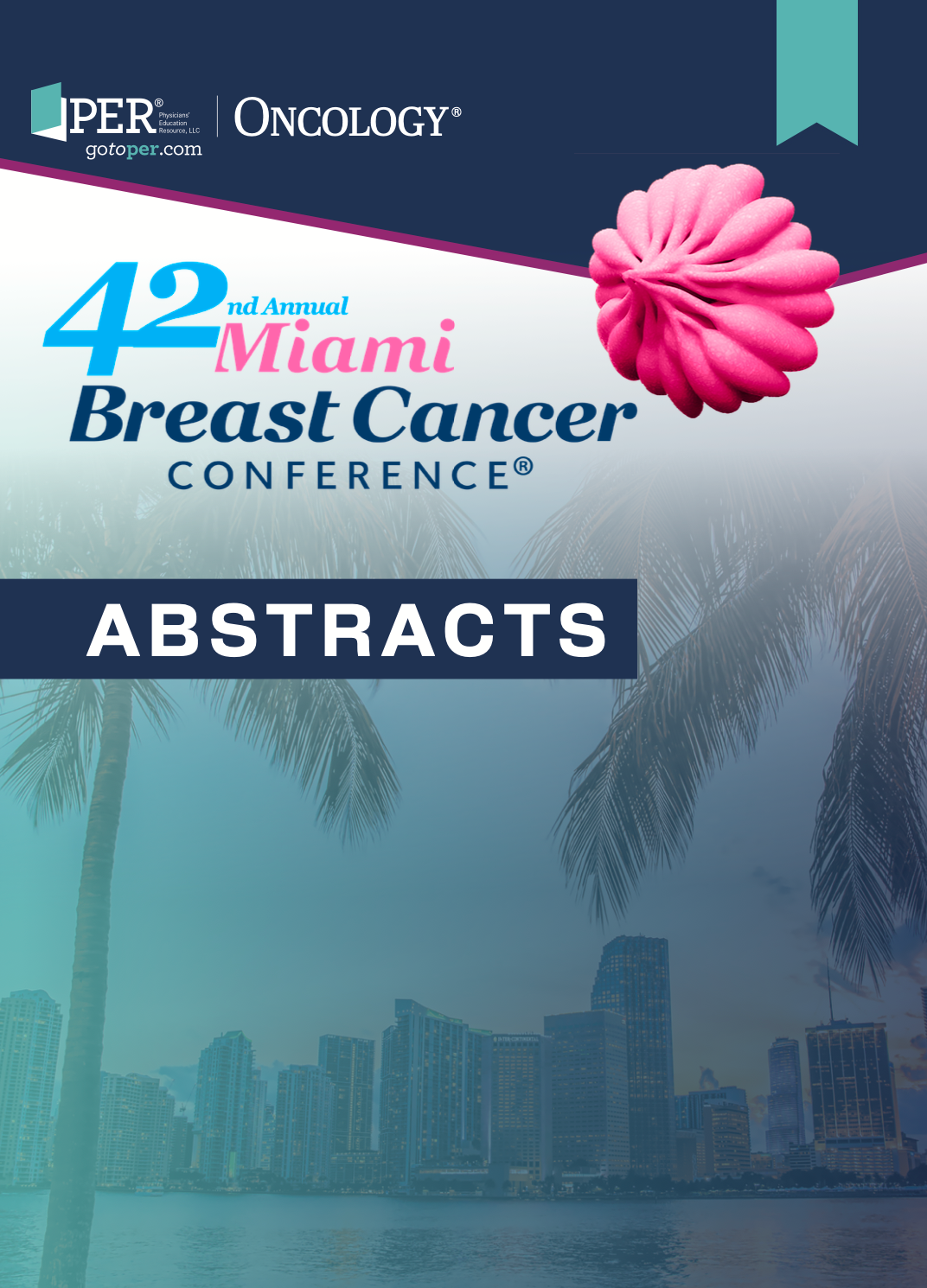92 Near-Infrared Fluorescence Imaging With Indocyanine Green vs Isosulfan Blue for Sentinel Lymph Node Mapping: Comparative Cost Analysis in Early-Stage Breast Cancer
92 Near-Infrared Fluorescence Imaging With Indocyanine Green vs Isosulfan Blue for Sentinel Lymph Node Mapping: Comparative Cost Analysis in Early-Stage Breast Cancer

Background/Significance
Sentinel lymph node (SLN) mapping is essential in the surgical management of early-stage breast cancer. Isosulfan blue is traditionally used but has drawbacks such as persistent skin staining and allergic reactions. Near-infrared fluorescence (NIRF) imaging with indocyanine green has emerged as a safe, effective, and cost-effective alternative. This study evaluated outpatient revisit costs associated with NIRF with indocyanine green vs isosulfan blue to explore the economic implications of adopting indocyanine green.
Materials and Methods
This retrospective, observational study analyzed data from adult female patients diagnosed with breast cancer undergoing sentinel lymph node mapping with isosulfan blue or NIRF with indocyanine green, indexed to outpatient hospital discharge between July 1, 2017, and August 31, 2022. Data were extracted from the US hospital-based PINC AI Healthcare Database. Patients were grouped based on the SLN mapping method utilized. Costs at 30, 60, and 90 days post procedure were assessed and adjusted to 2022 US dollars using the Medical Care Consumer Price Index.
Results
Among the 1,067,677 patients identified, 5.6% (n = 60,068) underwent SLN, with 11.8% (n = 7,076) meeting inclusion criteria. Outpatient revisit costs to the same hospital for the NIRF with indocyanine green cohort compared with the isosulfan blue cohort were $36 lower at 30 days ($3832 ± $5106 [median, $1,058] vs $3868 ± $4842 [median, $2020], P = NS), $845 lower at 60 days ($7,023 ± $9,360 [median, $3,112] vs $7868 ± $8658 [median, $4740], P <.05, statistically significant), and $774 lower at 90 days ($10,015 ± $13,215 [median, $5,445] vs $10,789 ± $12,166 [median, $5,879], P = NS). A hospital performing 100 SLN mapping procedures annually could save approximately $84,500 per year and $422,500 over 5 years in revisit costs with NIRF with indocyanine green, assuming $845 saved per case.
Conclusion
NIRF with indocyanine green for SLN mapping in breast cancer shows a trend toward cost savings compared with isosulfan blue, particularly at 60 days post procedure. These findings highlight the potential economic benefit of adopting NIRF with indocyanine green in clinical practice and warrant further research into its long-term cost-effectiveness and clinical outcomes.

Newsletter
Stay up to date on recent advances in the multidisciplinary approach to cancer.